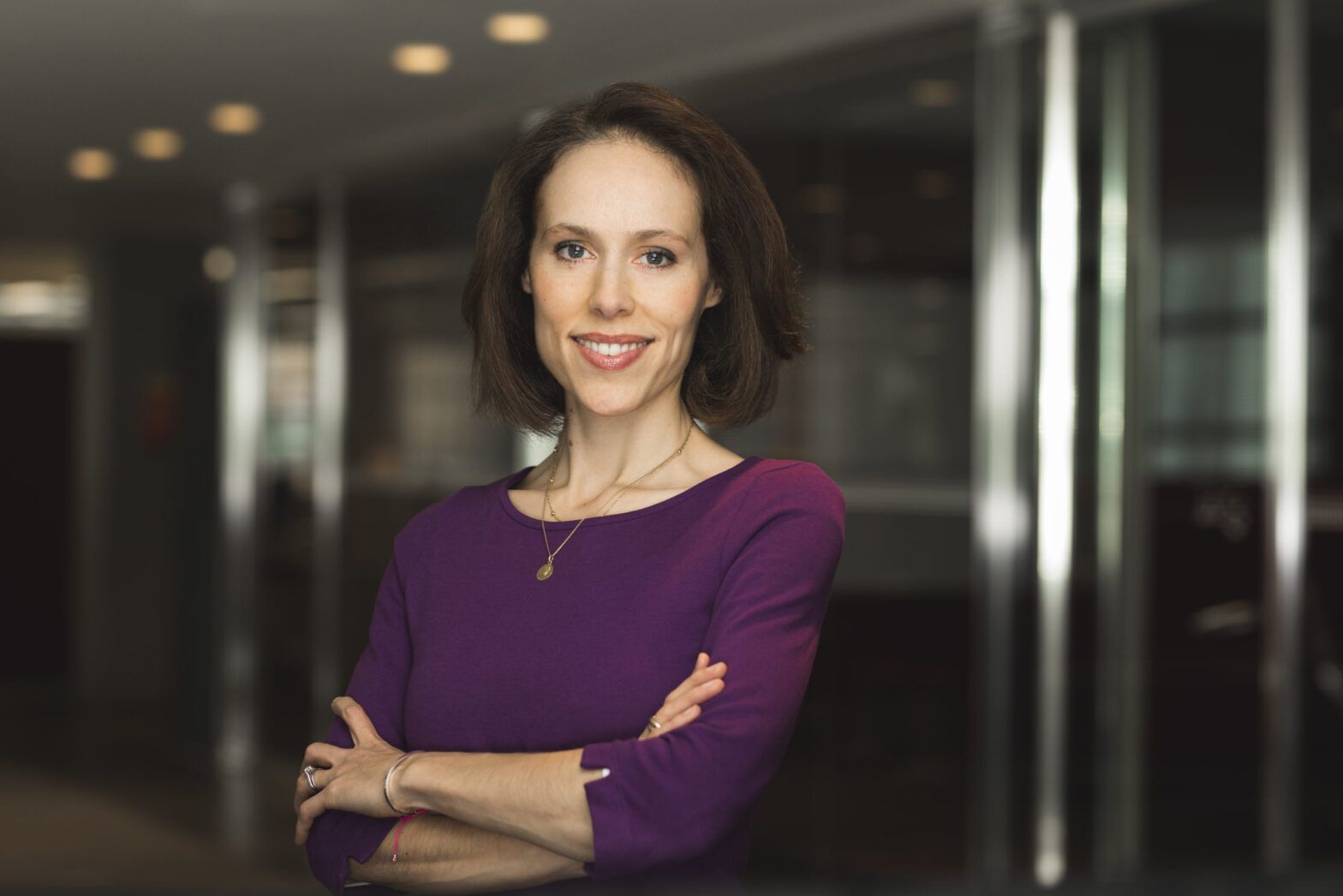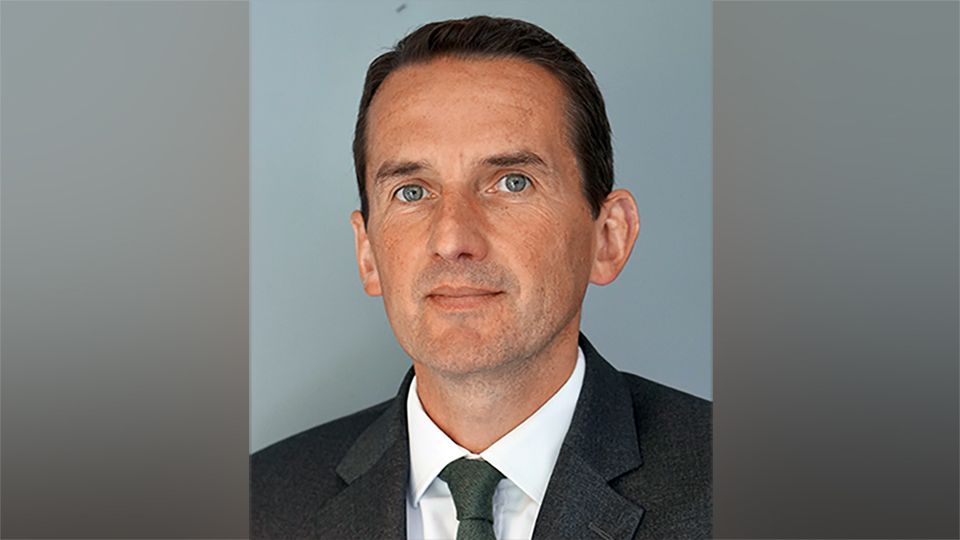Two of DBS Private Bank’s newly launched products have collectively raised S$1.6bn ($1.2bn) in assets, according to a statement from the firm.
They are the MSCI EM Asia ESG Leaders Outperformance Trade, which raised S$690m, and the DBS Chief Investment Office (CIO) Barbell Income Fund, which attracted S$970m in less than six weeks.
This comes amid stronger interest in sustainable investing and demand for investment strategies that can weather volatile market environments, DBS said.
ESG STRATEGY
The the MSCI EM Asia ESG Leaders Outperformance Trade was rolled out in October last year, following the launch of the first ESG Outperformance Trade in 2018.
The money raised for the newer tranche ($690m) represents a seven-fold jump from the S$95m raised through the 2018 ESG Outperformance Trade, suggesting that clients’ awareness and appreciation of ESG and sustainable investments have become more widespread.
There was also a three-fold increase in the number of clients on board the 2020 ESG Outperformance Trade, and the average amount invested per client more than doubled, DBS said.
The ESG Outperformance Trade is a three-year outperformance warrant, which takes a long position on the MSCI EM Asia ESG Leaders Index while going short on the MSCI EM Asia Index, according to a spokeswoman of the firm.
The 2018 Outperformance Trade, which is due to exposure in November this year, has delivered an average return on investment of close to 100% since its launch. At least 90% of invested clients have unwounded their trades to book profits.
“The strong take-up of our ESG Outperformance Trade was a pleasant surprise,” Joseph Poon, group head of DBS Private Bank, said in the statement. “
“Our confidence in this trade was bolstered by the outperformance of the 2018 Trade, which supported our investment thesis that ESG-compliant companies do outperform in the long run. In addition, it also shows that our ongoing efforts in engaging and empowering clients to invest with an ESG lens is paying off,” Poon added.
THE BARBELL INCOME STRATEGY
The Barbell Income strategy mirrors the CIO’s high-conviction investment calls and is a multi-asset fund with a strategic asset allocation of 50% in equities, 45% in fixed income and 5% cash. Launched in February, the strategy’s objective is to address clients’ need for income amid a lower-for-longer interest rate environment, with the aim to distribute 3-5% yield per annum to investors via quarterly distribution.
The Barbell Income strategy

Unlike the DBS CIO Barbell Note, its capital appreciation-focused predecessor, the Barbell Income Fund seeks to generate yield through exposure to high dividend stocks and employs covered call writing on select growth stocks to extract additional income.
The underlying portfolio takes outsized exposure on income-generating assets such as corporate bonds and REITs on one end, and secular growth equities that ride on long-term, irreversible growth trends on the other, the firm added.
With the new inflows, discretionary assets under management linked to the CIO’s calls have gone up to S$4bn, the firm said.
“We can expect rates to stay at ultra-low levels in the foreseeable future as a result of structural changes in global demographics, and the trend towards digitalisation,” Hou Wey Fook, chief investment officer at DBS Bank, said in the statement.
“In this new normal, investors cannot rely on a traditional portfolio strategy that utilises bonds only – a more robust multi-asset strategy is better positioned to enhance portfolio yield, with covered calls serving as an added income stream,” he added.









